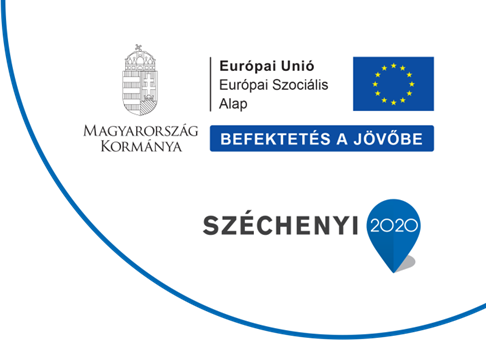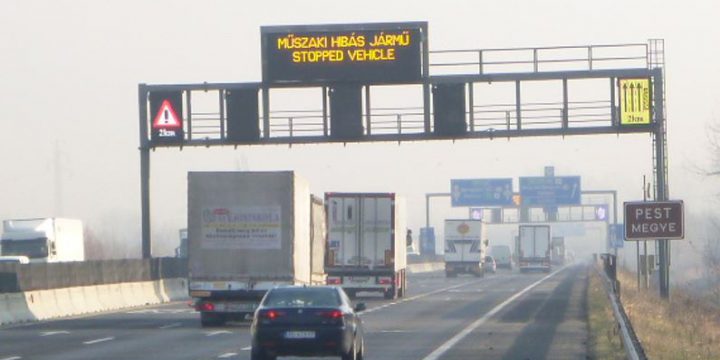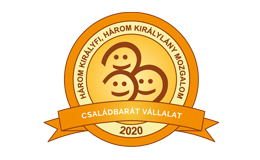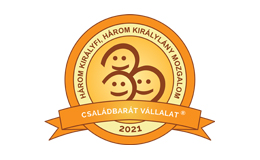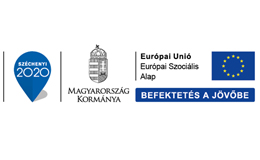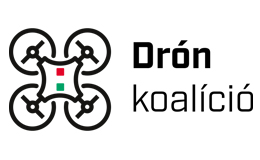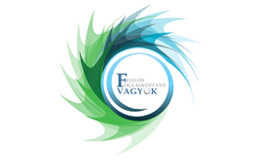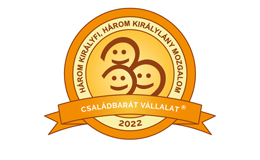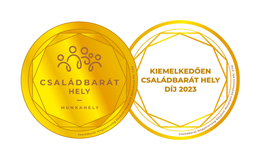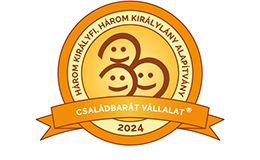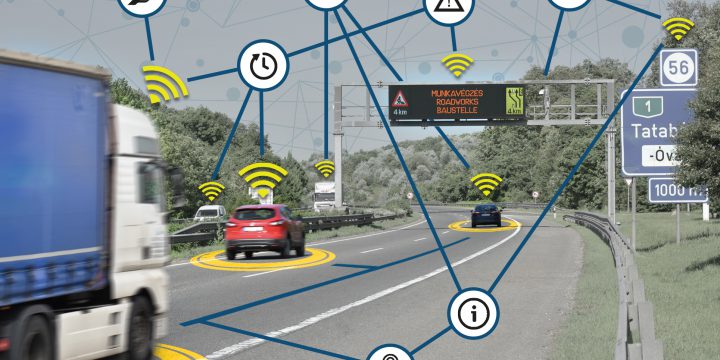
Installation of Vehicle-to-vehicle (V2V) and vehicle-to-Infrastructure (V2I) communication devices in the town of Győr
We have recently purchased so called R-ITS, i.e. Road Side Unit (RSU) devices namely at the Route 10 junction of the town of Győr. These devices are intended to provide road users with up-to-date information for the safe and efficient use of our roads. For example, they indicate the time remaining until a green signal or to provide drivers with speed advice that allows them to ”ride the green wave”. The vehicles able to receive such data can display messages on their onboard displays such as information on recommended speed approaching junctions, time remaining until green lights or other incidents. 13 of these similar devices have already been installed on motorways M0 and M1 (where our devices installed in 2015 have recently been upgraded. This will be the first time…

